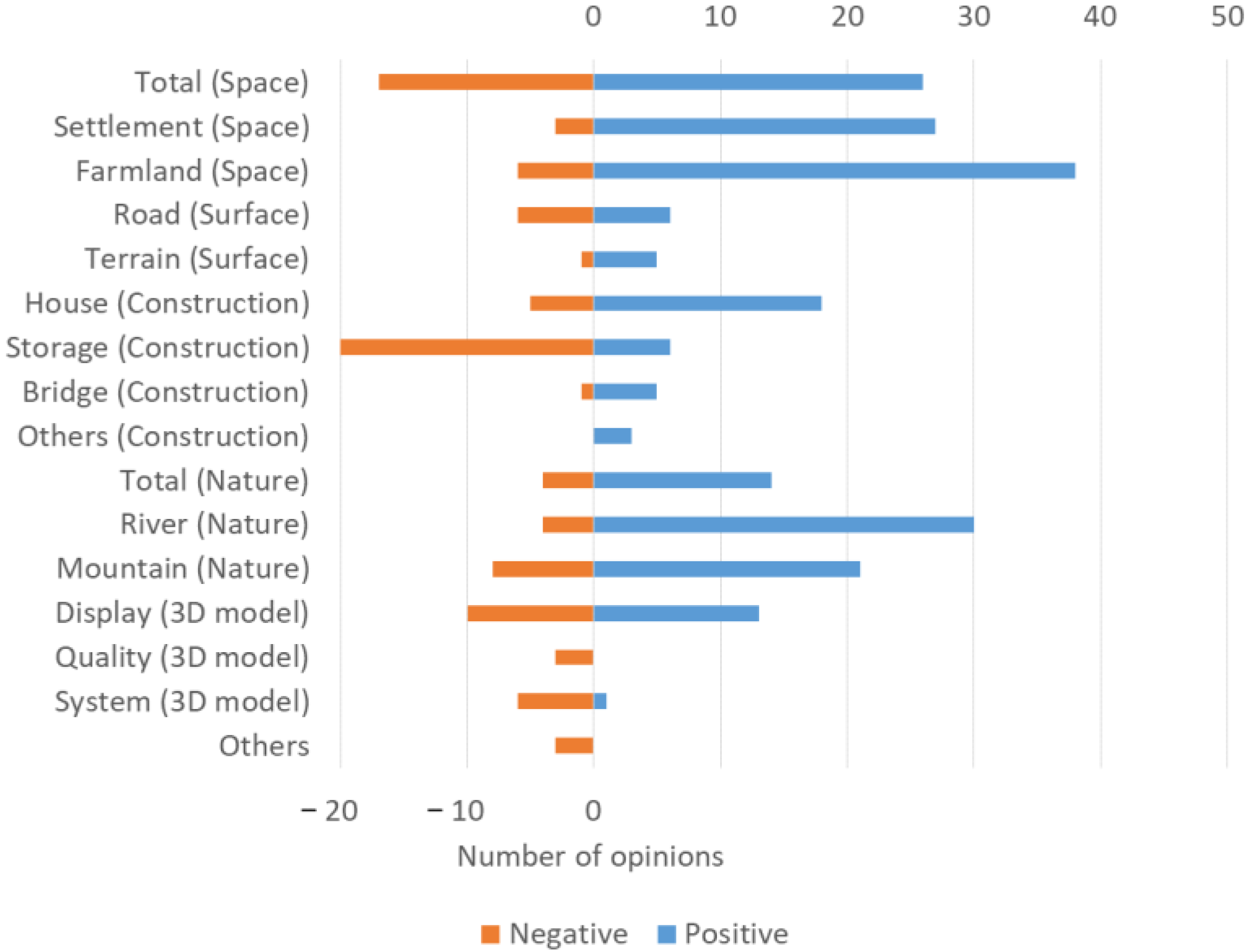


Information about actions to consider taking.The current AQI category at a monitor or sensor location.We’ve added a dashboard that gives you quick access to key information you can use to help plan your activities: In 2021, several features have been added to the information available when you click or tap a monitor or sensor icon. White, Rob Wildermann USFS: Pete Lahm User Guide: Gina Wing, USFS Marlin Martinez, UW Additional Thanks: WIM Team (USGS) All those who provided feedback. Project Lead: Sim Larkin, USFS Lead Developer: Stuart Illson, UW Additional Development: Jonathan Callahan, Mazama Science Joel Dubowy, UW Chris Wilkes, EPA Steering Group:EPA: Phil Dickerson, Ron Evans, Lourdes Morales, Susan Stone, Alison Davis, Lori Tussey, Michelle Wayland, John E. This site relies on data provided from a number of sources. Development work was done through an agreement with the University of Washington’s School of Environmental and Forest Sciences.

Forest Service led Interagency Wildland Fire Air Quality Response Program (IWFAQRP) and the U.S. This map is a collaborative effort between the U.S. It will not be used for regulatory purposes. This means that the sensor data can use the AQI color scale when it appears alongside the monitoring data that is already on the AirNow Fire and Smoke map. The sensor data undergoes QA screening, is averaged to hourly values, is corrected for bias, and has the EPA NowCast algorithm applied. Sensor technology provides thousands of additional particle pollution data points that can be used to supplement the air monitoring stations operated by official air agencies. The data appear as a map layer called Low-Cost Sensors that users can turn off or on as needed. Forest Service are conducting a pilot project to add data from air sensors to the Fire and Smoke Map.

The Fire and Smoke Map displays information on ground level air quality monitors recording fine particulates (PM 2.5) from smoke and other sources, as well as information on fires, smoke plume locations, and special statements about smoke issued by various sources. See the User's Guide to learn more about Using the Map New in 2021: Enhanced information display including recommended actions and PM2.5 trends. Mention of trade names or commercial products does not constitute EPA or USFS endorsement or recommendation for use. If there is a wildfire in your area, please stay tuned to local authorities for the latest information on fire and smoke safety.ĮPA will not use the data on this map to make regulatory decisions. The data on the AirNow Fire and Smoke Map are intended to help individuals make decisions to protect their health during fires.
FIRE TEMPLE MOUNTAIN 3D MODEL UPDATE
The EPA and USFS will update the map layers several times during year, as we respond to feedback and work to improve the map. While these sensors don’t meet the rigorous standards required for regulatory monitors, they can help you get a picture of air quality nearest you especially when wildfire smoke is in your area. Fire and Smoke Map: The EPA and USFS have created this map to test new data layers of use during fire and smoke events, including air quality data from low-cost sensors.


 0 kommentar(er)
0 kommentar(er)
